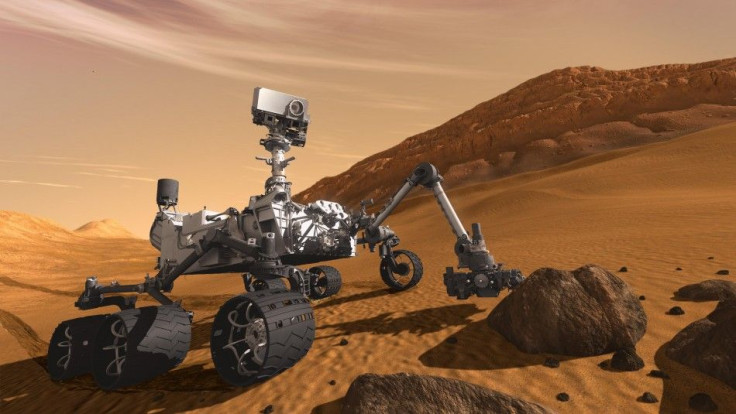NASA to Launch New Space Craft to Mars

NASA is preparing to launch its largest and most advanced Mars rover at the end of the month. It will spend nearly two years examining areas of the Red Planet.
Curiosity, the name of the most advanced rover, will be launched on Nov. 25 at 10:25 a.m. from Florida's Space Coast. It is expected to reach Mars next August to perform experiments and gather information. The rover will specifically examine the Gale Crater. It will investigate the environmental conditions of the planet.
Gale gives us a superb opportunity to test multiple potentially habitable environments and the context to understand a very long record of early environmental evolution of the planet, said John Grotzinger, project scientist for MSL at the California Institute of Technology, in a press release. The portion of the crater where Curiosity will land has an alluvial fan likely formed by water-carried sediments. Layers at the base of the mountain contain clays and sulfates, both known to form in water.
However, the purpose of this mission is not to necessarily see if there are other life forms on Mars. They simply want to see the planet's capabilities of hosting life.
This mission will bridge the gap scientifically from our understanding of the planet being warmer and wetter than we probably believed, to not seeking life itself, but seeking signs of life, said Doug McCuistion, director of the Mars program for NASA, according to UPI.
NASA researchers are very interested in analyzing clay minerals that are visible from orbit.
We will have a definitive knowledge of the minerals with this rover, said Ashwin Vasavada, deputy project scientist for the Mars Science Laboratory, according to CNN. Curiosity will give the agency excellent research data on the soil and rock content of the planet.
Curiosity will also carry about 10 science instruments including the Sample Analysis at Mars. This mobile space laboratory will be able to collect and analyze all viable information on the planet.
If any of those really scream out as being a habitable environment, we'll tell you, Vasavada said.
The announcement of Curiosity's launch comes at a time when there is resurgence of interest in space flight and Mars. On Wednesday, NASA tested new rockets designed to carry astronauts into deep space. They also announced they will be testing a new capsule called the Orion that will be able to send astronauts to Mars by 2017.
Russia also attempted to send a spacecraft to Mars. However, they have not had success thus far.
© Copyright IBTimes 2025. All rights reserved.





















